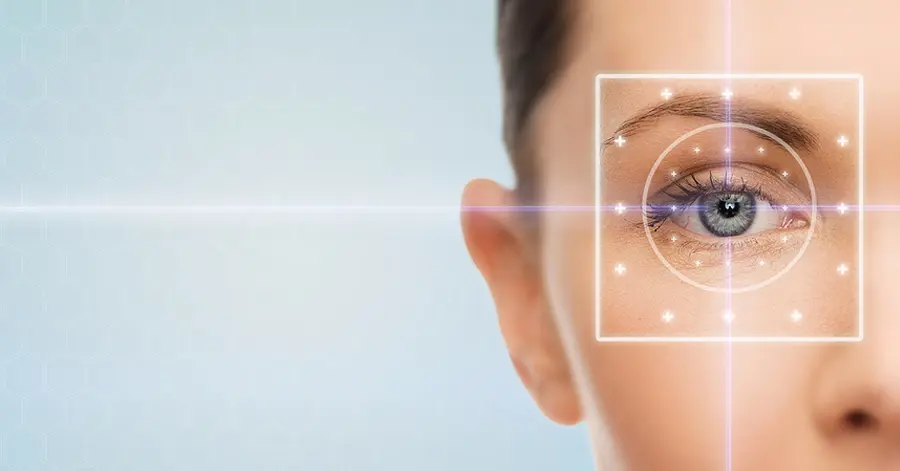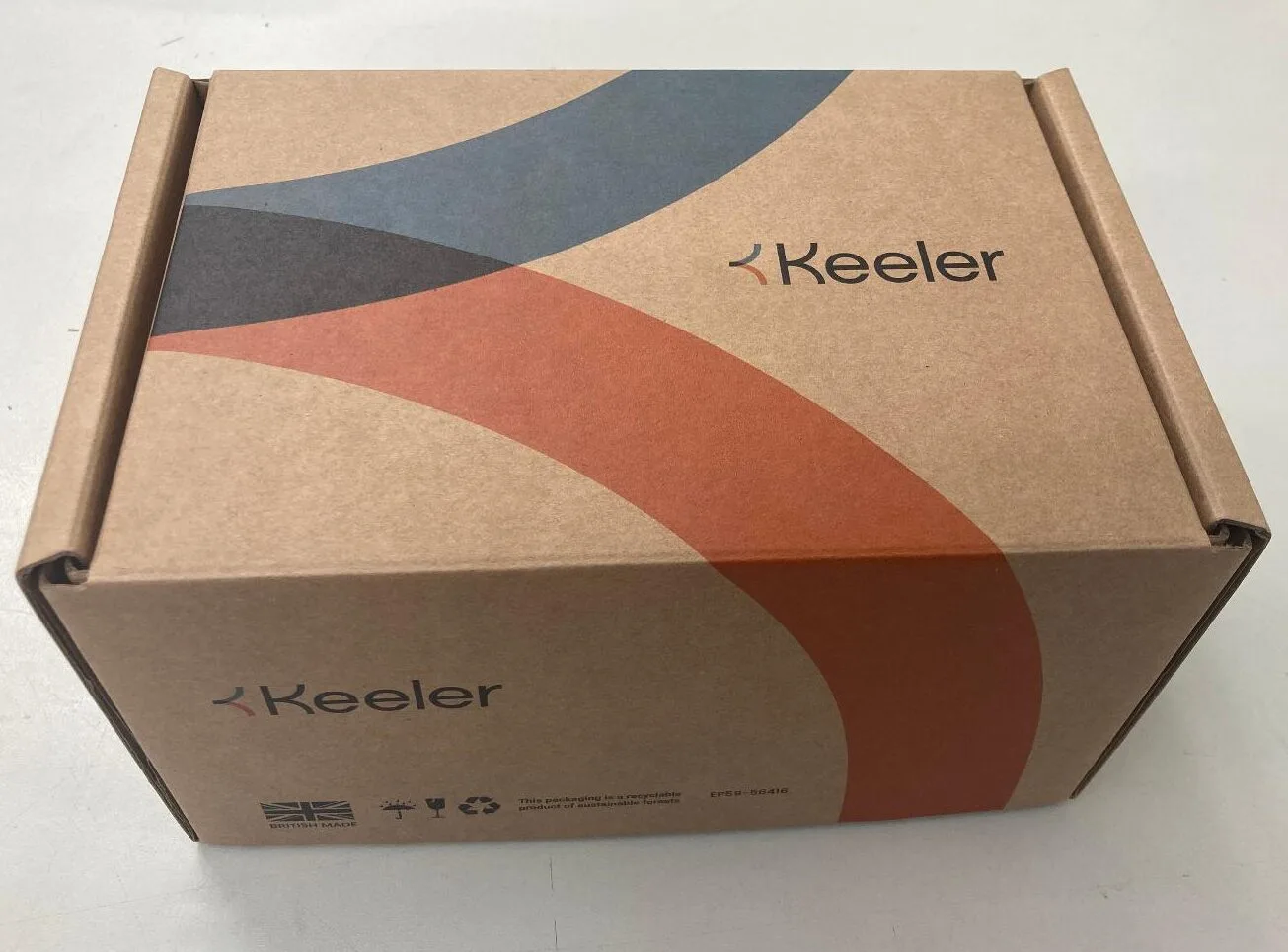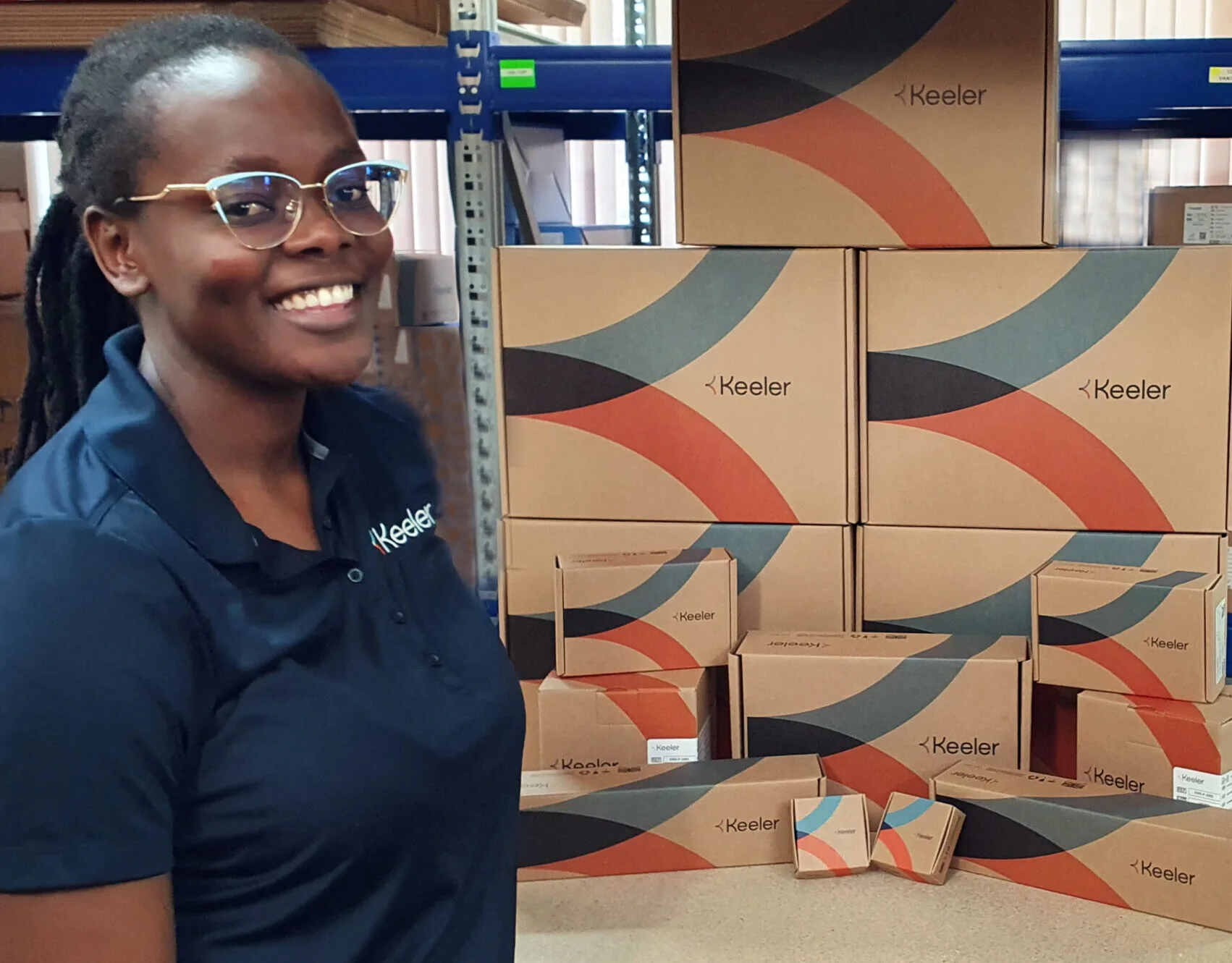
Shining the Light on the Different Types of Ophthalmoscope Bulbs

Although not typically considered, ophthalmoscope bulbs play a vital role in your ability to properly diagnose eye conditions. Different types of ophthalmoscope bulbs provide different types and colors of light. However before you choose one type of ophthalmoscope bulb over another, it’s important for you to understand their similarities and differences. This understanding will allow you to choose the attributes you need the most.
The following information provides a brief overview of the different types of ophthalmoscope bulbs used in the industry today, including:
Continue reading for an overview of each of the different types of ophthalmoscope bulbs.
Incandescent Ophthalmoscope Bulbs
As the oldest type of bulb, incandescent ophthalmoscope bulbs have an extremely short life span. These bulbs involve the heating of tungsten filament that evaporates over time and causes the filament to thin.
Once it becomes very thin, it can snap and result in a burned-out bulb.Another problem with the incandescent ophthalmoscope bulb design is the strength can fade over time before it burns out.
Halogen Ophthalmoscope Bulbs
Halogen bulbs also contain tungsten filament, which makes them a more refined version of incandescent bulbs. However, halogen bulbs have multiple elements that produce a brighter glow, achieves a longer bulb life, and uses a different bulb construction.
Halogen ophthalmoscope bulbs are filled with iodine, bromine, or other halogen gases. Once the filament heats to temperatures higher than the incandescent light bulb, the halogen gas causes the tungsten to be recycled and deposited back onto the filament. This works to significantly extend the bulb’s life.
While incandescent bulbs use a glass mount, the filament in a halogen ophthalmoscope bulb is encased in a sheet of quartz. This sheet of quartz accommodates the higher temperatures halogen bulbs must run at. In addition, the quartz sheet allows the halogen light bulb to not feel hot to the touch like incandescent bulbs.
Xenon Ophthalmoscope Bulbs
Unlike halogen and incandescent ophthalmoscope bulbs, xenon ophthalmoscope bulbs do not have a tungsten filament. In contrast, the source of light in a xenon bulb is the result of an electrical discharge between two electrodes that are contained in xenon gas. The electrodes and the environment of gas is contained in a hermetically sealed tiny quartz capsule.
The xenon bulb is also made of a fused quartz that contains tungsten metal electrodes at each end and is filled with xenon gas. The electrically energized gas sustained and formed between the two electrodes produces light. Xenon lights last much longer than halogen and incandescent ophthalmoscope bulbs because they do not rely on filaments.
LED Ophthalmoscope Bulbs
The final type of ophthalmoscope bulb is the LED light. Similar to xenon bulbs, LED ophthalmoscope bulbs do not have filaments. Because of this, they’re designed to last significantly longer than halogen or incandescent bulbs.
Not having a filament also means LED bulbs require significantly less power to illuminate and do not get hot. LED ophthalmoscope bulbs are unique because they’re made up of a chip that fits into an electrical circuit. All of these attributes make LED light bulbs exceptionally efficient.
How Well Do Different Ophthalmoscope Bulbs Illuminate?
Illumination is the brightness of a particular ophthalmoscope bulb. When it comes to examining a patient’s eyes, the brighter the light the better. Although incandescent ophthalmoscope bulbs are not as bright as others and give off a dull white color light:
Many of the older ophthalmoscopes use incandescent bulbs, while newer, more efficient devices rely on xenon or halogen bulbs. LED ophthalmoscope bulbs are the newest trend and becoming more and more prevalent.
Comparing the Burn of the Ophthalmoscope Bulbs
As previously mentioned, incandescent bulbs can become very hot; whereas halogen ophthalmoscope bulbs tend to stay cool because of the quartz encasement. Although xenon bulbs contain a quartz encasement, they have a tendency to burn more due to the way light is created. LEDs are the most efficient, give off the least amount of heat, and burn completely cool.
Contact Keeler Ophthalmic Instruments
Are you still on the fence about which type of ophthalmoscope bulb would be best for you? Trust the experts at Keeler Ophthalmic Instruments to guide you to the right solution. All Keeler Instruments use genuine halogen, xenon, and LED technology. Our bulbs are engineered to provide a brighter, whiter illumination as well as a longer life.
In addition to vision practitioners, we regularly work with first-year optometry school students, second-year optometry school students, and ophthalmology residents to help prepare them for their career.
Contact Keeler Ophthalmic Instruments today to learn more about our different types ophthalmic bulbs.




